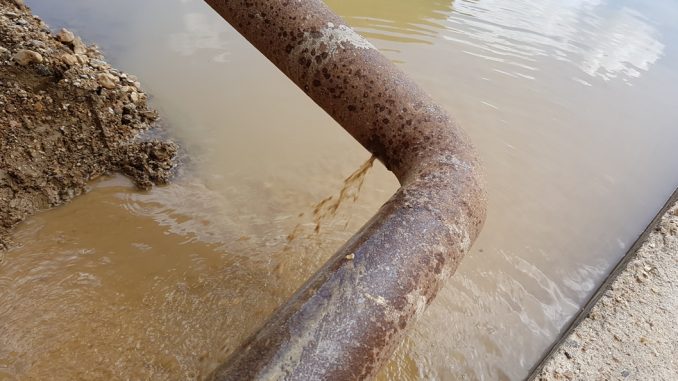
A humble pipe repair clamp. Often the saviour that many turn to for a quick and easy fix when faced with a burst or leaking pipe. Except when the pipe needing repair is not a straight section, such as an elbow bend.
The beauty of the pipe repair clamp is in its simplicity. Screw it over a hole and you give a pipe an outer shell which seals the leak. It is a cheap, easy and convenient means of repair.
Its simplicity is also its weakness, however. A pipe repair clamp can not be fitted around more challenging joints, such as tee sections or elbow bends. It lacks the versatility needed to mould around challenging shapes.
So, what do you do when faced with the repair of a pipe elbow bend? Guess what, we are going to tell you…
Repairing a pipe elbow where pressure can be turned off
There are two different methods for fixing a pipe elbow bend, depending on whether pressure can be turned off. If the leaking section of pipe can be isolated, then an epoxy putty is used to seal the hole or burst.
Epoxy putties are made up of two components – resin and hardener. When these are mixed together, a chemical reaction takes place, turning the soft putty into a material as hard as steel. Whilst soft, putty is pushed into holes and cracks in pipework. It will then harden to permanently fill the leak.
Even on the most challenging of elbow bends in terms of angle, the size of the crack or pipe diameter, it can be formed into a shape capable of sealing the hole.
Take this wastewater pipe repair at a central London hotel. A 50mm x 25mm hole appeared in a cast iron elbow bend located in the cavity between the floor of one guest room and the ceiling of another.
Superfast Steel Epoxy Putty – a fast-working putty formulated for use on steel and ferrous metals – was formed into a disc shape bigger than the crack in the pipe.
It was then stretched over the hole and the edges of the putty pushed down onto the surface of the pipe, forming a strong seal which bonded the disc to the pipe to seal the elbow.
Fixing a pipe bend where pressure cannot be turned off
Epoxy putty is only effective on pipes where pressure can be turned off. When flow cannot be stopped, then a waterproof self-fusing silicone repair tape is instead used.
As such a tape is stretched by up to 300 percent of its length and wrapped, it will amalgamate to form a solid rubber band around the pipe. Multiple tapes can be applied on top of each other to create a repair pressure resistant to 30 bar.
A water company in Malaysia successfully used Wrap & Seal Pipe Burst Tape to fix a 150mm steel elbow bend under 6 bar pressure.
The pipe was located in a pumping house and its importance meant that it could not be taken out of service to make a repair. The small pinhole leak caused by corrosion was sealed whilst live in under 30 minutes.
So impressed were the company by the ease, speed and versatility of the application that they have since moved away from using clamps as their preferred method of repair in favour of solutions such as silicone tapes and epoxy putties.
Reinforcing a pipe elbow bend with a repair bandage
No matter whether a no pressure or an under pressure pipe repair has been made, the elbow bend should always be reinforced using a composite repair wrap.
In both the repairs mentioned, a pipe bandage with a water activated resin was wrapped and smoothed around the pipe. In less than 10 minutes, it had cured to create a rock hard, impact resistant layer of protection over the initial sealing material.
When a section of pipe cannot be fixed with a repair clamp, it can initially appear daunting. Epoxy putty or silicone repair tape combined with a pipe bandage are provide a more versatile method for making permanent repairs in under 30 minutes.

Leave a Reply